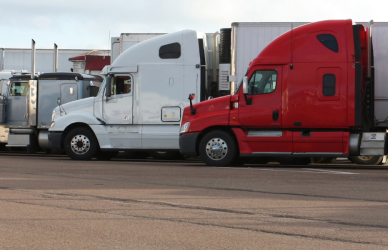Efficiency is always the goal of truck driving carriers. The responsibility to figure out ways to optimize efficiency falls on the freight management team. To ease this responsibility, Carrier Logistics Inc., (CIL) has just released a new software. It focuses on logical routing and prioritizes plans for optimization. It allows for optimization across the entire terminal, which allows fleets to have shipments ready for customers quickly and accurately, as reported by Commercial Carrier Journal.
The software, which is driven by artificial intelligence capabilities, tells fleet management teams in what order each delivery should be loaded. This makes for fully optimized routes that also account for passenger traffic, time windows for delivery, and special equipment.
“Our new route optimization module in FACTS ensures that fleets meet all of their service commitments efficiently, minimizing costs, both on the street in terms of miles driven and in the terminal in terms of how long it takes to generate a delivery plan – something that could otherwise take hours manually,” CLI President Ben Wiesen said in a news release.
Route optimization permits the system to route all of the deliveries a terminal is responsible for in just a few minutes. This, in turn, allows for loads to be put onto trucks earlier. Weisen said that this will, “revolutionize delivery fleet optimization across the LTL and final-mile delivery markets.”
He also said that this software would give carriers an advantage over possible competitors.
“Those carriers not using optimization capabilities like what we are offering will struggle to compete with tech-empowered carriers,” Wiesen said.
The technology allows for clients’ needs to be met while decreasing the number of failures and increased costs, he said.
“More efficient routing reduces miles driven and the corresponding time to drive those miles – both saving the payroll expense for the hours saved and the mileage expense for the miles eliminated,” Wiesen said. “Service failures occur for many reasons, including missing time windows and not having the right equipment. Because the optimization solves for both, there should be fewer missed time commitments and fewer incidents of the wrong trailer being used.”











